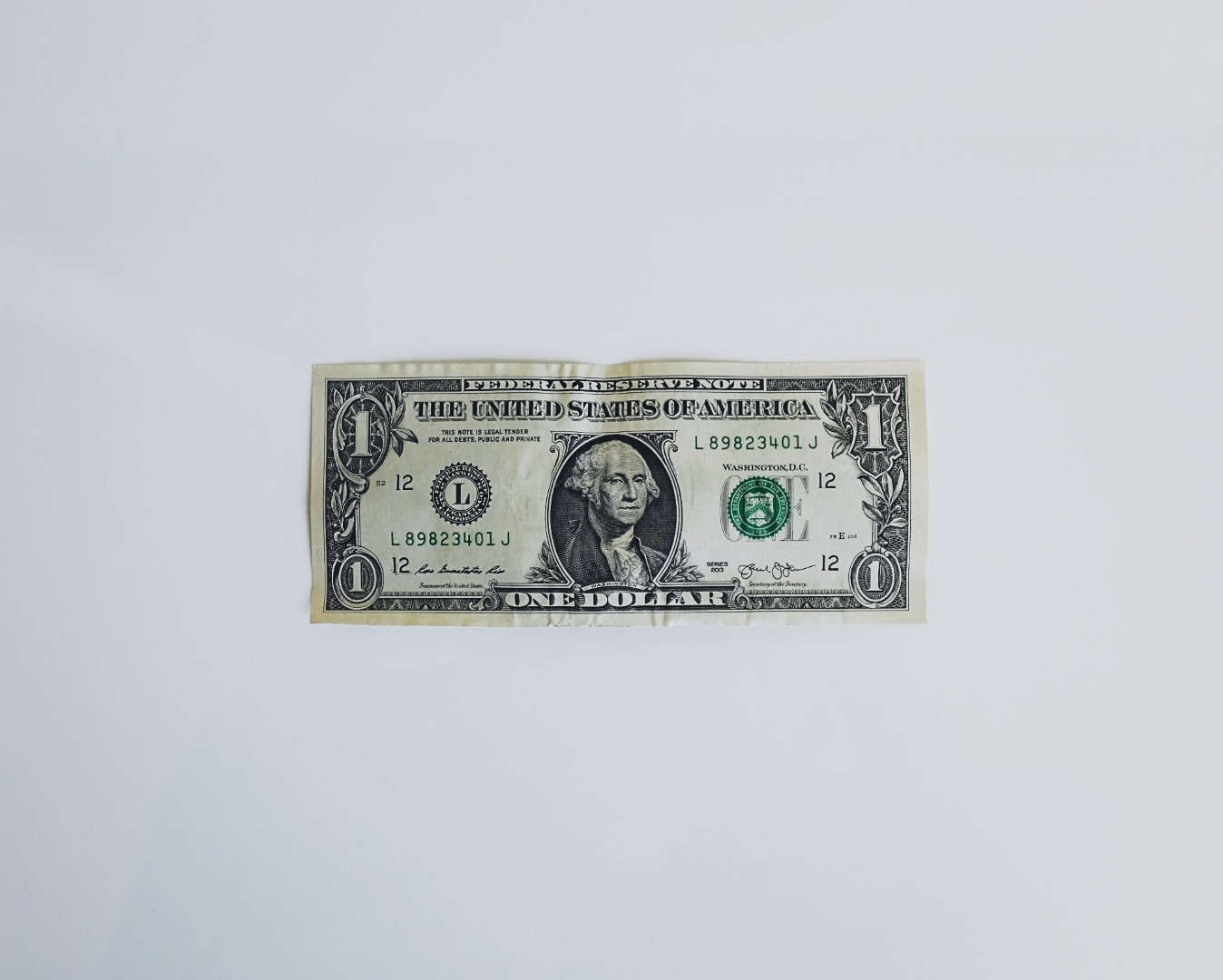Blog

It is estimated that between 10% and 50% of a home's energy loss happens through its windows and doors, with 90% of energy loss occurring through the glass itself. This is an obviously significant amount of energy to waste via such a tiny section of your home's design. In an attempt to alter this, the first low-emissivity glazing solution was introduced in 1975.
Low-E is an abbreviation for "low emissivity." Low-E windows are made of glass that has been treated with metallic oxide in undetectable layers. This coating allows for the entry of natural light into the house while reflecting UV and infrared radiation back into the surroundings. Why is this critical?
UV rays are the sun's invisible light beams. UV rays are responsible for fading upholstery, blistering skin, and deteriorating building materials over time. Infrared light is a kind of heat that is used to warm your house in the winter. Low-E coatings help keep your house warm in the winter and cool in the summer by reflecting both kinds of light back into the environment.
Low-E, or low-emissivity, glass was developed to reduce the amount of infrared and ultraviolet light that passes through it while maintaining enough light transmission into your house. Low-E glass windows feature a microscopic-thin, transparent layer that reflects heat. The covering is so thin that it is even thinner than human hair! Low-E coatings help maintain a constant temperature in your house by reflecting the interior temperatures back inside.
The low emission coating is unnoticeable to the naked eye. They are, nevertheless, reflective, similar to the silver coating on the interior of a thermos. This lowers the glass's emissivity and prevents specific wavelengths of light from entering or leaving the house. These coatings are selectively reflective, allowing only certain wavelengths and frequencies of light to flow through glass.
This coating may be either "soft-coat" – applied to glass off-line in a vacuum chamber at room temperature and sealed inside an IGU – or "hard-coat" – fused to the glass's surface during production. In soft-coat low emission glass units, the coating is often made of a low-emissivity metal, such as silver.
Low emission glass is required in rooms or structures that have a large percentage of windows or glass doors, such as living rooms, offices, and sun rooms. It also helps keep heat even in the cold, enabling you to utilize these rooms comfortably for an additional month of the year. This glass is also suggested for north or east-facing windows, which are anticipated to lose a greater percentage of heat. Solar control low emission glass is suggested for south and west facing windows where overheating may be a concern during the summer months.
Low-emissivity glass is needed in rooms or buildings with a high proportion of windows or glass doors, such as living rooms, offices, and sun rooms. Low-e glass helps retain heat even in the winter, allowing you to comfortably use these rooms for an extra month of the year. Low-e glass is also recommended for windows facing north or east, which are expected to lose a higher proportion of heat. Solar control low-e glass is recommended for south and west-facing windows where overheating during the summer months may be a problem.


